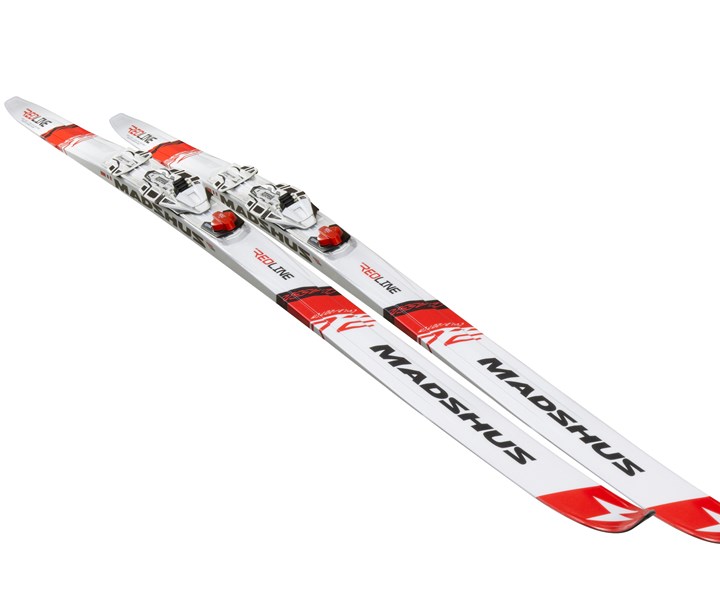New Hexcel materials target marine, automotive, sporting goods
Hexcel is showcasing new composites technologies and parts that have been developed for the marine, automotive and sport industries.

Source | Hexcel
Editor’s note: ÂÌñÏ×ÆÞ received several new product and technology announcements ahead of JEC World 2020, which had been scheduled for March 3-5. Although that exhibition was postponed to May, CW is now publishing the announcements we received. This is one of them.
Hexcel (Stamford, Conn., U.S.) is showcasing new composites technologies and parts that have been developed for the marine, automotive and sport industries.
In marine, Hexcel is presenting two new products specifically tailored tailored to offer cycle time reductions within the marine industry: HexBond 679 low-temperature film adhesive and HexPly UD carbon tapes with air venting Grid Technology.
HexBond 679 is a 250-gsm epoxy adhesive film formulated to be fully compatible with the HexPly M79 prepreg range. Fully cured in only 4 hours at 80ËšC, this prepreg adhesive film system is said to reduce cycle times, provide strong lap shear and peel strength performance and deliver optimal mechanical properties in foam and honeycomb sandwich structures.
HexPly M79 prepregs can be cured at 70ËšC for 8 hours or 80ËšC for 4 hours, increasing build rates with reduced heating and cooling times. When combined with Hexcel’s innovative air venting Grid Technology, HexPly M79 UD carbon tapes can be laminated with reduced debulking steps to produce void contents less than 1% at various laminate thicknesses. With consistently low void contents and improved mechanical properties, naval architects and marine design engineers are now able to further optimize highly loaded composite structures.
Highly drapeable with a tacky surface to adhere to the mold tool for a highly efficient layup process, HexPly XF2 provides a high quality pin hole free finish straight from the mold, reducing finishing and paint preparation time significantly. To exemplify the surface finish provided by HexPly XF2, Hexcel is exhibiting a superstructure component from U.K. superyacht builder Sunseeker.
The component on display also features carbon fiber HexPly SuperFIT prepregs (or semipregs) providing structural strength below the XF2 surface layer. Hexcel’s SuperFIT products are only partially impregnated, with one dry face and one tacky face for easy positioning in the mold and to hold each ply to the next. Meanwhile, the air pathways in the dry fabric face facilitate the removal of air or volatiles from the laminate, minimizing voids without time consuming debulking steps. For marine applications, Hexcel recommends the use of HexPly M79 SuperFIT prepregs, which enable rapid cure cycles at low temperatures and are easy to process in conjunction with conventional HexPly M79 prepregs.
In the sporting goods industry, Hexcel is presenting high-performance cross country racing skis from Norwegian manufacturer Madshus. Hexcel supplies Madshus with three different HiTape dry carbon fiber UD tape products based on the specific design parameters of different cross country ski types. According to Hexcel, the clean-cut edges and fuzz-free attributes of the precision-width tapes have improved the efficiency of the automated high-pressure epoxy resin transfer molding (RTM) process at Madshus.
In the automotive market, Hexcel is displaying a hybrid carbon fiber/wood composite car seat back part developed in collaboration with Tier 1 automotive interior specialist NaCa Systems. The part on display at JEC World 2020 uses Hexcel’s HexPly M77 prepreg in a one-shot press molding process with NaCa Systems’ thermoset wood fiber mats, derived from wood industry waste streams.
HexPly M77 is a fast-curing epoxy prepreg that enables automotive components and sports goods to be press-cured in 2 minutes at 150°C. The HexPly woven carbon fiber is used as the outer surface of the seat back, reinforcing the wood fiber structure and also providing a stunning aesthetic finish.
Lastly, Hexcel is presenting HexPly 901 prepreg technology, which has been optimized to provide faster cure cycles and enhanced fatigue performance in automotive leaf spring components. HexPly M901 can reportedly be cured in as little as 15 minutes and delivers a 15% mechanical performance gain over standard prepregs.
Related Content
Composite resins price change report
CW’s running summary of resin price change announcements from major material suppliers that serve the composites manufacturing industry.
Read MoreRoss coaxial mixer enhances complex material processing
Ross Mixers introduces a custom coaxial mixer designed for blending, dispersing and homogenizing across industries like adhesives, coatings and composites.
Read MoreIPS Adhesives debuts Scigrip SG2000 adhesive in North America
The adhesive’s 1:1 mix ratio and long open time provides transportation, construction and marine industries with much-needed routine simplification and flexibility.
Read MoreBiDebA project supports bio-based adhesives development for composites
Five European project partners are to engineer novel bio-based adhesives, derived from renewable resources, to facilitate composites debonding, circularity in transportation markets.
Read MoreRead Next
Assembling the Multifunctional Fuselage Demonstrator: The final welds
Building the all-thermoplastic composite fuselage demonstrator comes to an end with continuous ultrasonic welding of the RH longitudinal fuselage joint and resistance welding for coupling of the fuselage frames across the upper and lower halves.
Read MoreAll-recycled, needle-punched nonwoven CFRP slashes carbon footprint of Formula 2 seat
Dallara and Tenowo collaborate to produce a race-ready Formula 2 seat using recycled carbon fiber, reducing CO2 emissions by 97.5% compared to virgin materials.
Read MoreComposites end markets: New space (2025)
Composite materials — with their unmatched strength-to-weight ratio, durability in extreme environments and design versatility — are at the heart of innovations in satellites, propulsion systems and lunar exploration vehicles, propelling the space economy toward a $1.8 trillion future.
Read More.jpg;width=70;height=70;mode=crop)













